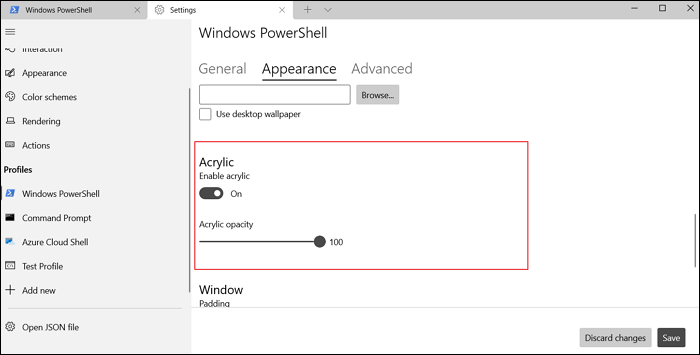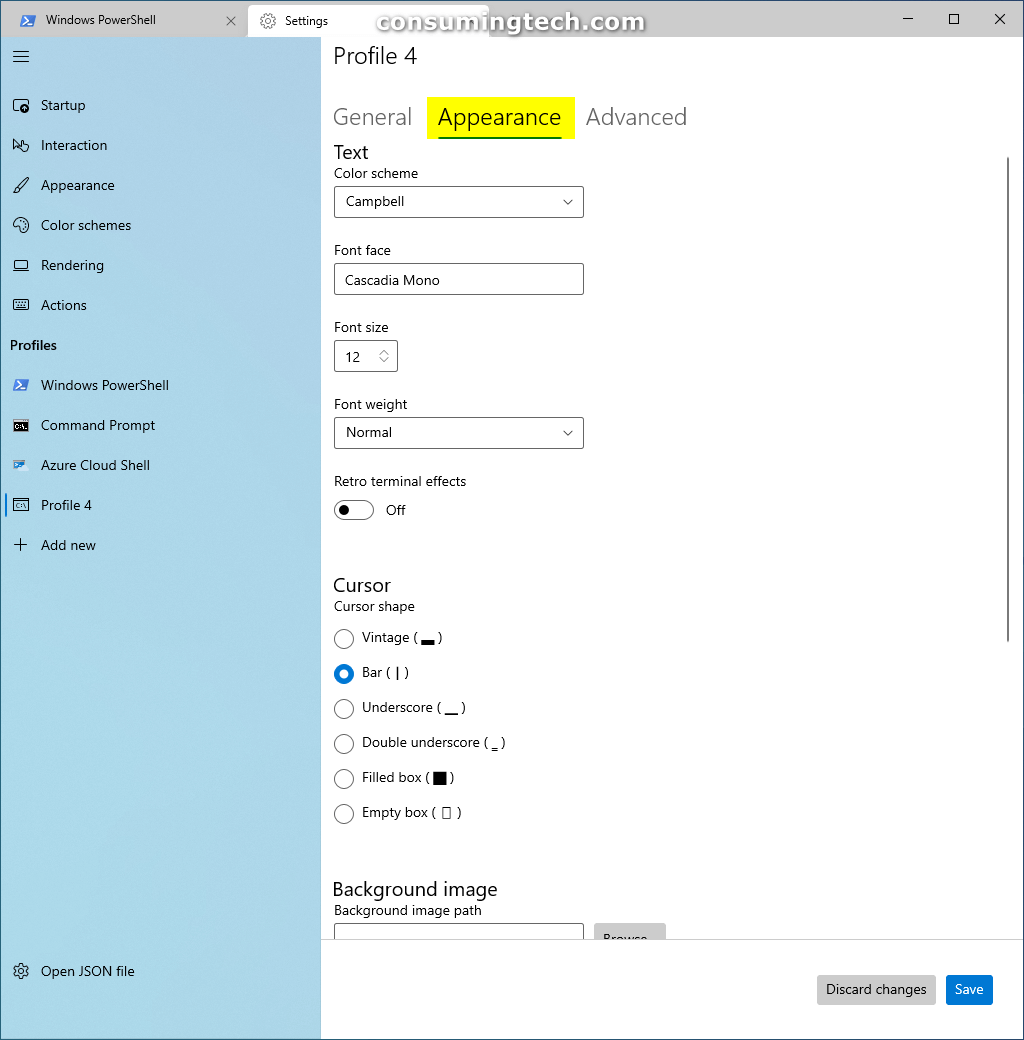
hyper.js and add it to plugins module.exports = Ī list of overrides for the color palette. We encourage everyone to include hyper in the keywordsfield in package.json. ExtensionsĮxtensions are available on npm. In the future, we anticipate the community will come up with innovative additions to enhance what could be the simplest, most powerful and well-tested interface for productivity. In the beginning, our focus will be primarily around speed, stability and the development of the correct API for extension authors. To undo this gesture, use this command: defaults write goal of the project is to create a beautiful and extensible experience for command-line interface users, built on open web standards. Enter this command: defaults write scroll-to-open -bool TRUE killall Dock Without further ado, here's how to enable this Dock gesture.Ģ. I found success with it on a MacBook Pro running OS X Yosemite. It doesn't do anything more than what you get with App Expose, but it adds a bit of flexibility by letting you quickly browse your Dock items without first needing to bring each app to the foreground to view its open windows.Īccording to iMore, this Terminal command works with the trackpad on Mac laptops and with the Magic Mouse and Magic Trackpad on Mac desktops. It lets you scroll up with two fingers on an app or folder in your Dock to see which windows you have open in that app and then jump to one of the open windows. With a Terminal command, you can bring App Expose-like functionality to your Dock.


Swiping down with three or four fingers brings up App Expose, which shows you all of the open windows of the app currently in use.

Swiping up with three or four fingers (depending how you have it set up in System Preferences) brings up Mission Control, which shows you all of your open windows. If you often get lost among the many open windows on your Mac, you can use Mission Control and App Expose to find your way.


 0 kommentar(er)
0 kommentar(er)
